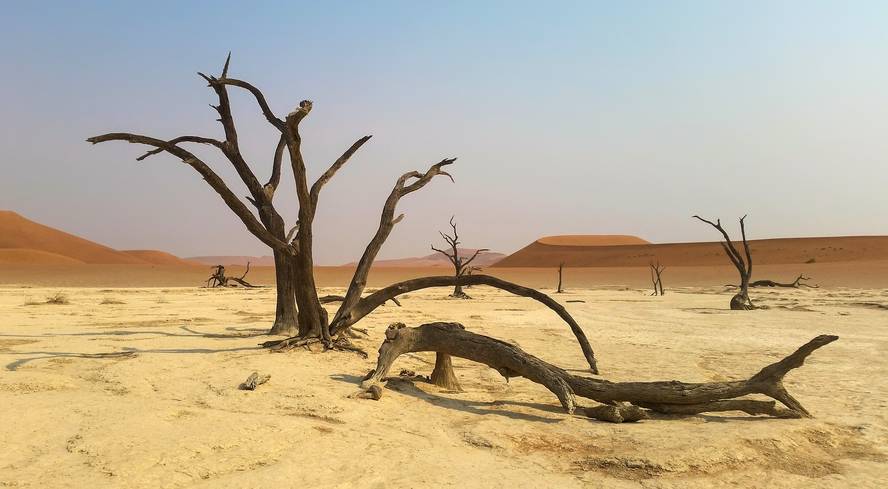The climate and biodiversity crisis are inseparable and must be tackled together
Climate change and the loss of biodiversity across the globe continue to worsen, and both crises are often studied as if they were two different and separate disasters. This is a mistake, as explained by a group of international researchers in an article published in the journal Science, in which they request a change of approach because both are completely united and must be faced at the same time. And they call for interinstitutional cooperation to transform as soon as possible the current economic and political systems behind this twin crisis.
“The climate crisis caused by Homo sapiens himself is probably the greatest challenge facing human beings in their 300,000 years of history,” says Professor Hans-Otto Pörtner. Pörtner of the Intergovernmental Panel on Climate Change (IPCC), in charge of assessing the current state of knowledge on the impacts of global warming. He has been co-chair of his team since 2015 and says that “at the same time a new crisis is emerging, almost inadvertent, but as dangerous as the other: the dramatic loss of plant and animal species across the planet. These two disasters, the climate crisis and the biodiversity crisis, are interdependent and complementary to each other and should never be considered as a separate study."
This work has unveiled the links between the two crises and proposed solutions to deal with the two disasters and alleviate the terrible impacts they already have on society, such as reducing emissions, protecting ecosystems, managing land use wisely.
The researcher at the Basque Centre for Climate Change (BC3) Unai Pascual is one of the authors of the article. According to him, “the activities of the companies have changed about 75% of the earth’s surface and 66% of the marine waters of our planet, have lost about 80% of the mammalian biomass and 50% of the plant’s biomass, and there are more species at risk of extinction than at any other time in the history of currents.” And Pascual adds that “global warming and the destruction of natural habitats, in addition to the loss of biodiversity, reduce the capacity to store carbon from organisms, soils and sediments and aggravate the climate crisis”.
“This double environmental crisis already has a visual impact on society at many levels, and has especially worsened the equity and adaptability of the most vulnerable management groups in the world,” says Pascual. “Climate change protection and biodiversity conservation must be addressed together, and policy interventions that offer social benefits to local communities and indigenous peoples that have historically contributed to the cooling of the planet and the preservation of much of today’s global biodiversity.”
Hans-Otto Pörtner calls for the institutionalisation of joint global efforts: “We will not achieve new global targets on biodiversity, climate and sustainability by 2030 and 2050, unless interinstitutional cooperation is stronger. In this context, we urgently need a global vision, if we still hope to achieve the goals.”






